Children are most definitly the key to our future. And we have a responsibility to help them understand the solutions that will create a positive future for their own families and our beautiful planet.
‘Eco anxiety’ or ‘climate anxiety’ might just feel like new buzzwords, but research from Save the Children shows that it’s a real condition affecting 70% of 12 to 17-year-olds in the UK, with another study of more than 45,000 children from UNICEF finding that more than 9 in 10 (95%) kids say they’re concerned about climate change.
We set some school children, aged 10 and 11, the task of drawing what they think their world would look like in 100 years with – and without – a future reliant on fossil fuels. Their drawings show that not only are they optimistic about a positive change, but that they also understand the steps we need to take to get there.
Fossil fuels are, by far, our biggest contributor to global climate change, accounting for 75% of all greenhouse gas emissions and nearly 90% of all carbon dioxide emissions. So, it’s no secret that green energy is one of the most effective ways we can help fight climate change.
Alongside the children’s drawings of the future, we also asked them to describe what they thought would happen in the future in detail, and how climate change makes them feel.
Check out their thoughts and visions below.
How does climate change make kids feel?
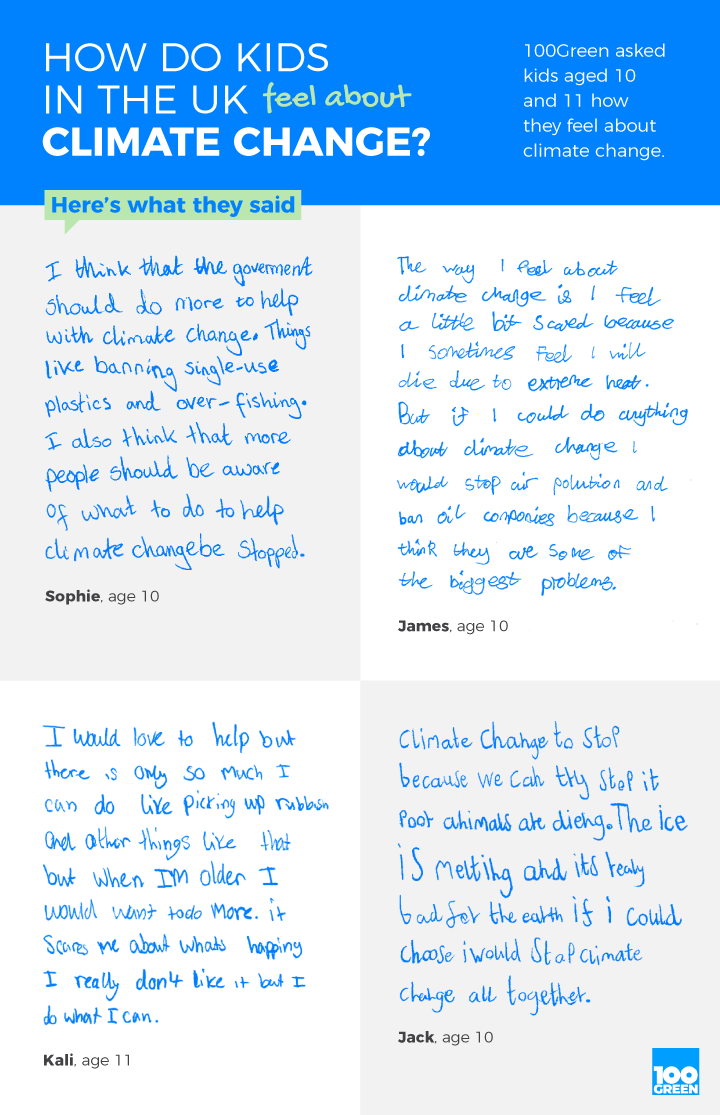
Sophie, age 10, thinks the government should be doing more to help climate change. Our previous research found that over 4 in 5 (84%) also think that there isn’t enough support from the government to allow the UK to become fully powered by renewable energy any time soon.
Keyaan, age 11, worries that we’ll need to move to Mars if climate change continues. And Jack, age 10, says if he could choose, he would put a stop to climate change altogether.
Many of the children we spoke to told us climate change worries them, with Kali, age 11, telling us it scares her, but she’s not sure what to do.
What do kids think a future WITH – and WITHOUT – fossil fuel energy will look like?
Their drawings and text descriptions showed us that they very much understand the impact that making positive, green lifestyle choices can have on the planet. However, their words and pictures also show that they equally understand the consequences of what could happen if we don’t start to make more sustainable lifestyle choices.
Many of the children split their drawings into different aspects of life, including life outdoors, the sea, or even what our general lifestyles might look like with and without changes.
Rowan, age 11, drew a desolate world without sea life and water when asked about a future without widespread change.

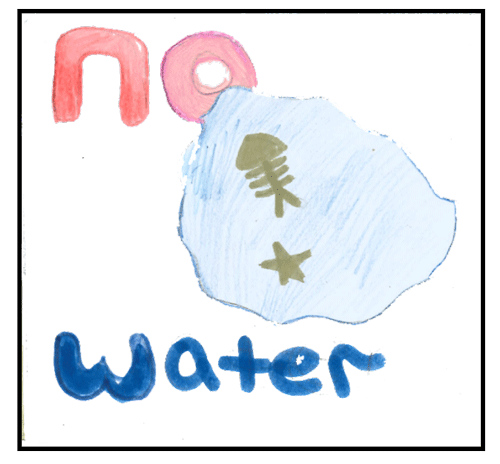
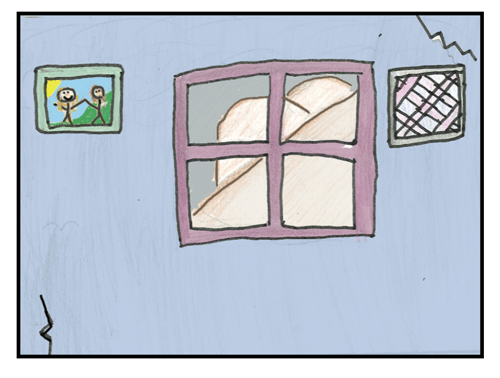
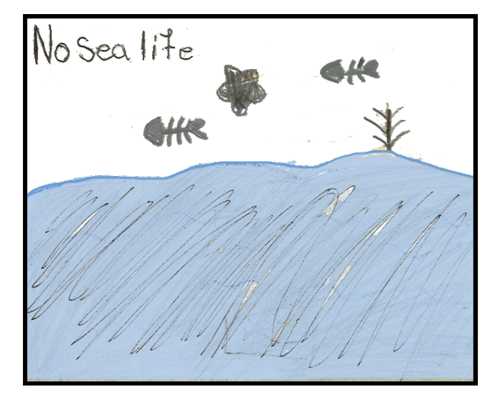
When asked about a green future, Sophie, aged 10 drew wildlife happily living in trees that we have planted and a happy little fish in the sea because we had managed to stop using plastics. She also showed the full return of the Giant Panda, happily munching bamboo in his natural habitat.
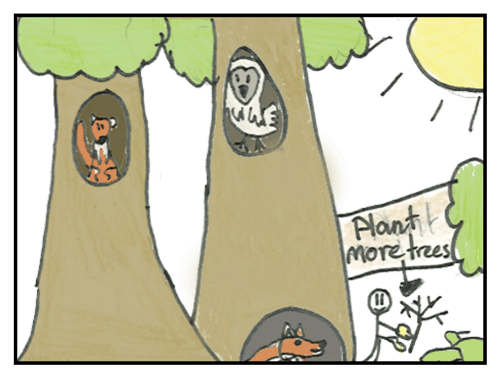
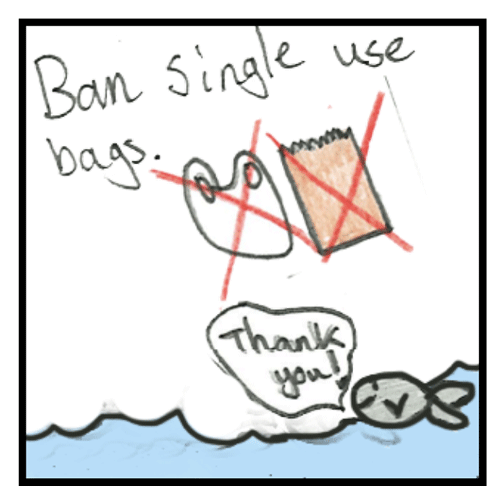
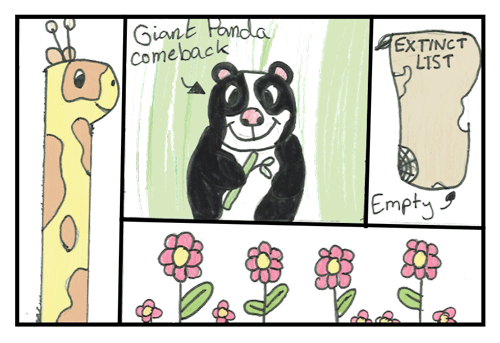
Ellie, age 11, drew a healthy planet with “crystal clear seas” and an empty extinction list.
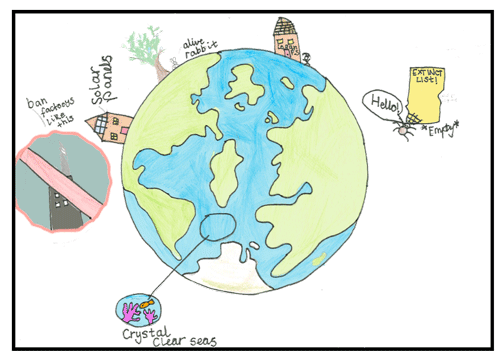
Some of the children drew pictures of the things we should all be doing more of to help improve our enviornment. It's great to see that they are learning from a young age, all about the simple things we can be doing.
Sophie, aged 12 drew a family remebering to switch off the lights and unplug the things you don't need and says she wants to see solar panels grow in popularity.
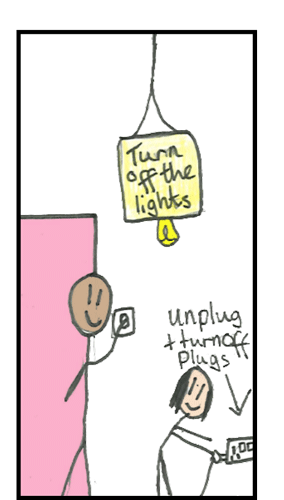

How to help kids cope with climate anxiety
Teaching climate change to children and helping kids to cope with any uncertainty they feel about the future of our planet can be a difficult thing to navigate.
With our research showing that 4 in 5 (83%) British adults think their own personal impact in supporting the UK’s journey to net zero is important, it’s only fair that we also help children to navigate any feelings of climate anxiety and help them understand what their behaviours can do to help fight climate change.
Check out our team’s tips on how you can help your child manage any thoughts or concerns they might have about the planet.
1. Set an example and take action
It’s no secret that children pick up their parents’ behaviours, and unfortunately, that can also mean they pick up our not-so-great ones.
To help children with negative feelings towards climate change, it’s crucial that we set a good example in our everyday behaviours that help fight climate change.
Whether that’s by showing them how to recycle properly, switching to a green energy provider, growing your own veg or plants in the garden, thrifting clothes, or even just making sure we switch off the lights when not using them.
Helping them with practical steps they can take to help address the problem is a great way to validate their feelings while helping build up their confidence in climate activism.
2. Educate yourself and keep them informed
Just like adults, children are often afraid of the unknown. When they hear news of climate change on the television, or perhaps on the radio in the car to school in adult terms without any explanation, it's easy for them to become anxious about what they don’t know.
That’s why it’s so important to be able to explain climate change for kids, in terms that they’ll understand, with a focus on what they can do to help.
Try to keep yourself in-the-know of how climate change is currently affecting our planet. Then, you can help educate your children by explaining the basics of where climate change comes from and how it affects our planet.
Similarly, be conscious of what your children might be picking up on when you’re watching or listening to the news, or even what they might have access to reading on the internet. If you notice they’ve heard a story about climate change on the news, take the time to explain what it means and how it affects them.
3. Get out in nature
Climate change for kids can be especially scary because it affects the outdoors and animals so many of them love.
Getting children out in nature is a great way to connect with the planet in a positive way. Spending time in nature is proven to reduce our stress levels, and showing children the things we can do in nature to help the planet will help make positive changes to how they feel.
For example, you could help them create a mini-garden to take care of on their own, plant trees with an organised group in your local community, or even just take them on a wildlife spotting walk.
By enjoying the outdoors with children, you’ll help them see a positive example of green space and wildlife, whilst also helping them come to terms with what we’re at risk of losing.
4. Educate them on the positives too!
While it can sometimes feel like the news is overwhelmingly doom and gloom these days, there are plenty of positives to talk about when it comes to climate change. To help you teach them about the positives too, here are some promising statistics to get you started:
- While we are still very dependent on fossil fuels, more than 30% of the world’s electricity now comes from renewables. For the UK, this number sits at around 40%.
- Renewables generated the equivalent of 113% of Scotland’s overall energy consumption in 2022 - the highest number recorded to date.
- Electric car ownership grew by 13% in the UK in 2023, with more than 1 million EVs now on British roads.
And for a fun fact: Whales help to absorb carbon dioxide from the oceans. Scientists have made estimates that a single whale has the ability to capture the same CO2 from the atmosphere as 1,000 trees. All the more reason to protect whales!
5. Know your limits
If you’re worried you’re not able to teach your children about climate change in the way you’d like to, Nasa and NatGeoKids have lots of great kid-friendly resources for climate change, with everything from explaining the effects of climate change for kids, as well as how to stop climate change for kids.
If you’re worried about any serious anxieties your child has about climate change, there are lots of ways to get support. Many organisations, including Mind and Young Minds offer mental health support over the phone or online for young people and their guardians.
If you think your child needs more help than you or one of these organisations can offer, arrange an appointment with your GP.